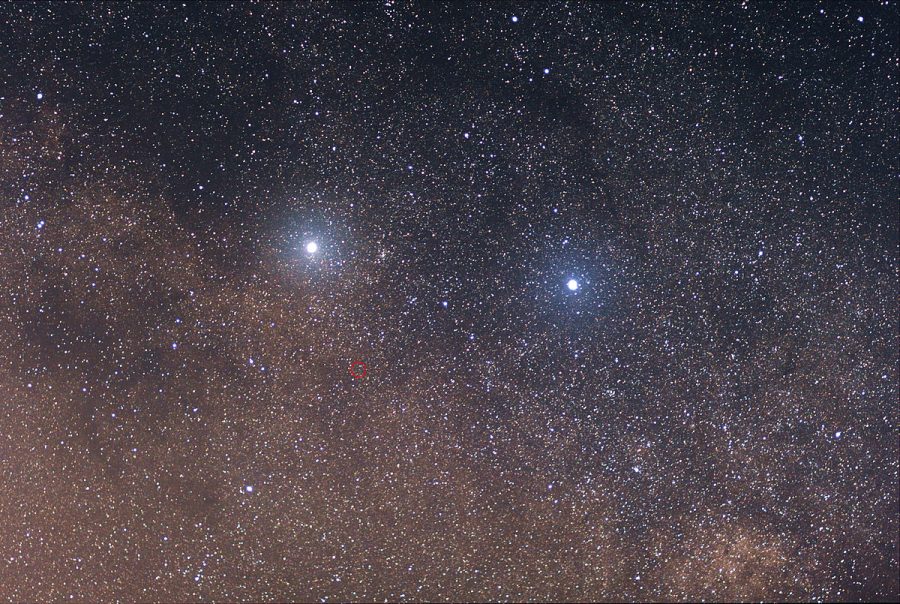New Chandra X-Ray Data Reveals the Habitability of Nearby Planets
June 15, 2018
Observing the habitability of certain exoplanets has been a challenge for the past few decades due to the current telescope technology. However, this hasn’t stopped astronomers from observing nearby stars in order to search for potentially habitable planets. One of the closest stars, Alpha Centauri, has recently presented a strong case of study for habitable planets, due to its lack of x-ray radiation in its atmosphere.
There are many factors to consider when classifying a planet as habitable. Some of the more common characteristics to consider are star type, distance, and atmosphere. Despite the large number of exoplanets that have been detected so far, there has been a lack of planets that have had similar characteristics to Earth. There are many other planets located in the Milky Way galaxy, but since exoplanets are relatively tiny compared to stars, seeing planets that are similar to Earth might take a couple of years, especially since the current telescope technology is insufficient to locate these minuscule planets.
In a recent study, two groups of astronomers observed x-ray data of our stellar neighbor, Alpha Centauri. This star system has three stars and has around two planets orbiting them. The astronomers observed the number of x-rays the planets received, and it turns out it has less radiation than on earth. The amount of radiation a planet receives is vital to supporting life. If a planet receives too much x-ray radiation, the atmosphere of the planet will collapse and will most likely be unable to sustain life. Both planets in the binary system receive just the right amount of radiation to support life.
Alpha Centauri has additional features that help make it habitable. The two planets are also near the “Goldilocks Zone,” which is a certain area in a planetary system that gives a planet the right temperature. The planets are also the size of Jupiter and have rocky surfaces and not ones that are filled with gas, such as Neptune.
Although there are many conditions that make Alpha Centauri stand out as habitable, there are still many factors that are puzzling astronomers. For example, Proxima Centauri, a red giant, releases radiation thousands of times stronger than the sun, and one of these planets orbits this uninhabitable star. Despite this, astronomers are still searching for exoplanets closer to the Alpha Centauri stars.
With the new insight into exoplanet habitability, astronomers are learning better ways to analyze planets without the use of direct imaging. For now, searching for extraterrestrial life is far out of our reach, but by knowing the certain conditions for life, we not only get a better understanding of planets, but we also come to understand how lucky we are to live on a planet with the right conditions to support life.

















































































































































